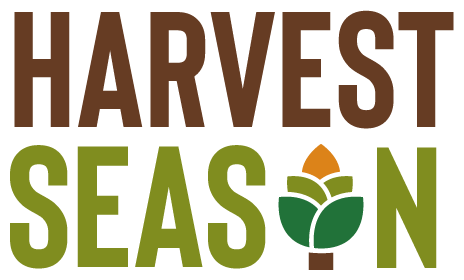Black Soldier Fly Larvae Farming: Mastering the Technical Aspects
In the world of sustainable agriculture and waste management, black soldier fly larvae farming has emerged as a revolutionary practice. Beneath their unassuming appearance lies a complex process that holds the key to efficient waste conversion and protein production. In this article, we delve into the technical intricacies of black soldier fly larvae farming, exploring the setup, conditions, feeding process, and harvesting techniques that contribute to its success.
Creating the Optimal Environment
Laying the Foundation for Farming Success
Selecting Suitable Containers
The cornerstone of black soldier fly larvae farming lies in the containers used to facilitate their lifecycle. These can range from DIY wooden setups to professionally designed units, all tailored to provide the necessary conditions.
Designing an Ideal Habitat
Creating the perfect habitat for black soldier flies involves precise control over temperature, humidity, ventilation, and drainage. These factors collectively influence the larvae’s growth and development.
Managing the Feeding Process
Sourcing and Preparing Organic Waste
Collecting Organic Waste
Organic waste, the primary food source for black soldier fly larvae, can be sourced from households, restaurants, and agricultural sources. Proper waste collection is crucial for a successful farming endeavor.
Pre-processing the Waste
Before introducing the waste to the larvae, it’s important to pre-process it. This might involve chopping, blending, or drying to create a more suitable texture for consumption.
Feeding the Larvae
Introducing the Waste
The collected and pre-processed waste is introduced to the larvae as their primary source of nutrition. This feeding process triggers their growth and transformation.
Efficient Consumption
Black soldier fly larvae are highly efficient consumers. Their voracious appetite and specialized digestive system enable them to process and convert organic waste into valuable resources.
Optimizing Harvesting Techniques
Determining the Right Time for Harvest
Monitoring Larval Development
Regular monitoring of the larvae’s growth is essential. Harvesting them at the right developmental stage ensures optimal protein content and quality.
Harvesting Mature Larvae
Mature larvae are carefully separated from the waste material. This process requires precision to prevent damage to the larvae and to prepare them for further processing.
Processing and Utilization
Extracting Valuable Resources
The harvested larvae hold the potential for multiple uses. They can be processed for protein extraction or converted into other valuable products.
Transforming Waste into Frass
The waste remaining after larvae harvesting undergoes further decomposition. This process results in frass—a nutrient-rich organic fertilizer that can be used to enrich soil.
Overcoming Challenges and Future Advancements
Navigating Technical Challenges
Managing Temperature and Humidity
Maintaining optimal temperature and humidity levels is critical for successful black soldier fly larvae farming. Technological innovations can assist in creating a controlled environment.
Scaling Up Production
As demand for sustainable practices grows, the challenge of scaling up black soldier fly larvae farming becomes evident. Automation and advanced farming techniques can address this hurdle.
Conclusion
Black soldier fly larvae farming is a technical marvel that addresses both waste management and protein production. From creating the right habitat and managing the feeding process to optimizing harvesting techniques, every step requires precision and expertise. As we navigate the complexities of this practice, it’s evident that mastering the technical aspects of black soldier fly larvae farming opens doors to a more sustainable and protein-rich future.
